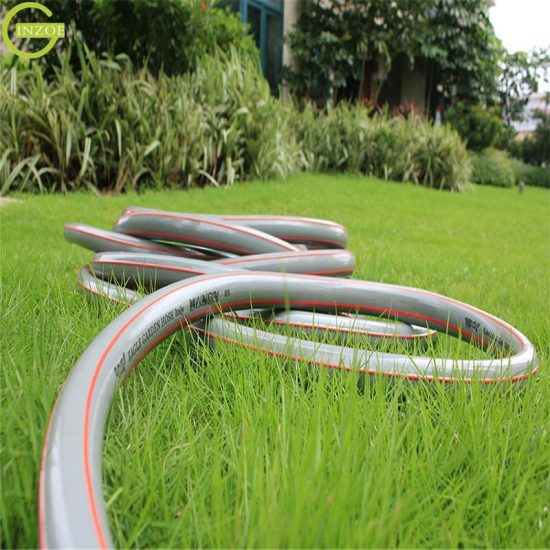As of my last knowledge update in January 2022, there were several notable innovations and advancements in silicone hose design that aimed to enhance performance, durability, and functionality. Here are some innovations that were prevalent at that time:
- Reinforcement Technologies: Continuous advancements were being made in reinforcement technologies to improve the strength and flexibility of silicone hoses. Innovations included the use of multiple layers of fabric reinforcement, aramid fibers, or wire reinforcements to enhance burst resistance and pressure handling capabilities.
- Specialized Lining and Coatings: Manufacturers were developing specialized linings and coatings for silicone hoses to improve their resistance to abrasion, chemicals, oils, and extreme temperatures. These coatings were designed to enhance durability and extend the hoses’ lifespan in challenging environments.
- Customized Designs and Shapes: Advancements in manufacturing techniques allowed for the production of silicone hoses in custom shapes, sizes, and configurations to suit specific applications. This customization enabled better integration within complex systems and improved overall efficiency.
- Performance Enhancement for Automotive Applications: In the automotive industry, silicone hoses were being engineered to meet the demands of high-performance vehicles. Enhanced designs were focused on optimizing airflow, reducing restrictions, and improving heat dissipation in turbocharger systems, intercoolers, and intake systems.
- Improved Flexibility and Bend Radius: Innovations aimed at enhancing the flexibility and bend radius of silicone hoses were being developed. This allowed for easier installation in tight spaces without compromising the hose’s integrity or performance.
- Smart Hose Technologies: Research was ongoing in integrating sensors or smart technologies into silicone hoses for monitoring purposes. These sensors could potentially detect parameters such as temperature, pressure, or fluid flow, providing real-time data for diagnostics and predictive maintenance.
- Environmentally-Friendly Materials: Some manufacturers were exploring the use of eco-friendly materials and manufacturing processes to produce silicone hoses that were more sustainable and environmentally conscious.
- Advanced Manufacturing Techniques: Innovations in manufacturing techniques, such as 3D printing or advanced molding processes, were being explored to create intricate designs and structures, allowing for improved performance and efficiency in silicone hose production.
- Hygienic and Medical-Grade Hoses: Continued advancements were made in producing silicone hoses meeting stringent standards for hygiene and biocompatibility, making them suitable for medical devices, pharmaceutical manufacturing, and food processing applications.
It’s important to note that advancements in silicone hose design and technology continue to evolve beyond the aforementioned points. For the most up-to-date information on innovations in silicone hose design, it’s recommended to consult industry publications, manufacturer updates, or experts in the field to understand the latest developments and improvements.

